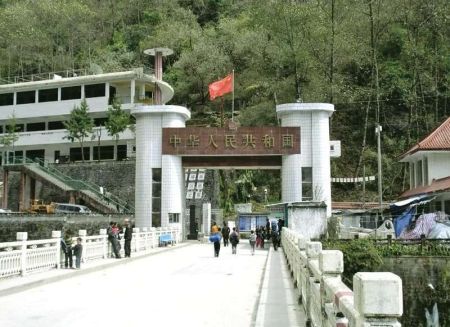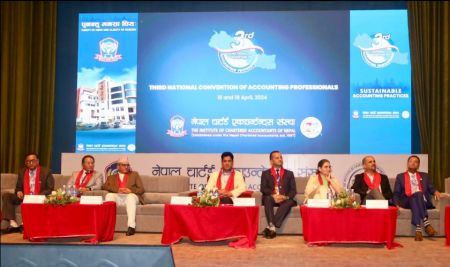July 20: Credit flow of commercial banks in the last fiscal year exceeded deposit collection by Rs 100 billion.
Even though there was no increase in deposit collection, banks became aggressive in credit expansion, and they had to face a severe liquidity crisis.
According to the Nepal Bankers Association, the commercial banks collected a total of Rs 340 billion in deposits and disbursed loans of Rs 454 billion. Since the beginning of last year, banks were aggressive in providing loans after the liquidity situation eased due to the long-term suspension of credit expansion due to the Covid-19 pandemic.
As of mid-July 2021, the total deposit collection of commercial banks was Rs 4213.9 billion, while in mid-June 2022, it reached Rs 4541.44 billion. Last year, Nabil Bank was at the forefront of deposit collection. At the end of the fiscal year, the deposits of Nabil, which started integrated business after acquiring Nepal Bangladesh Bank, increased by Rs 101.56 billion. Nabil acquired Nepal Bangladesh Bank and started an integrated business on June 27.
Apart from the increase in deposits due to mergers, Nepal Bank leads other banks in deposit collection. Its deposits increased by Rs 33.56 billion last year. Similarly, NCC increased deposits by Rs 30 billion, Sanima Bank by Rs 28 billion and Kumari Bank by Rs 25 billion.
Deposits of only two banks declined during the last fiscal year. According to the association, deposits of Rastriya Banijya Bank decreased by Rs 7.46 billion rupees and NIC Asia Bank by Rs 5.27 billion.
The total credit flow of commercial banks, which stood at Rs 3720 billion as of mid-July 2021, increased to Rs 4174 billion in mid-July 2022. Nabil Bank is also at the forefront among banks that have increased lending due to the acquisition of another bank.
Due to the acquisition of Nepal Bangladesh Bank, Nabil Bank's credit flow increased by Rs 103.41 billion, including Rs 71 billion invested by Nepal Bangladesh Bank.
Similarly, Nepal Bank extended loans worth Rs 35 billion followed by Global IME Bank (Rs 29.71 billion), Rastriya Banijya Bank (Rs 28.89 billion), and NCC Bank (Rs 27.2 billion). Nepal Bankers Association said that the lowest amount of credit disbursement was done by Nepal Investment Bank whose credit expansion increased by Rs 970 million.
Anil Kumar Upadhyay, president of the association and chief executive officer of the Agricultural Development Bank, said that resource management of banks has become a challenging task.
“Our supply side was weak in the 10 years except for the two years affected by the earthquake and Covid-19 pandemic,” said Upadhyay, adding, “We were under crisis for eight years.”
He said that when there was enough liquidity during the earthquake and Covid-19 pandemic, loans were disbursed at a lower rate than the base rate.
He said that due to the lack of resource management, loans were not extended according to demand, and the base rate and interest rate of banks became more expensive.
He said that banks are not in a position to expand credit flow even in the new fiscal year as there is no immediate solution for resource management. Upadhyaya said that money was leaving the country for imports and emphasized the need for policy intervention to encourage investment in the productive sector.






















